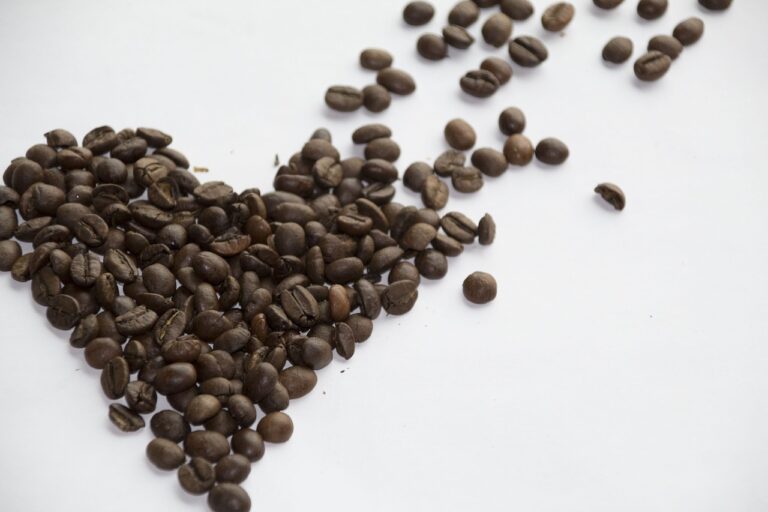The Future of Baking with Natural Colorants
bet book 250.com, 11xplay online, yolo 247 login:As we continue to explore healthier and more sustainable options in our daily lives, the baking industry is also undergoing a transformation. Natural colorants are increasingly gaining popularity as more people are becoming aware of the harmful effects of artificial food dyes. This shift towards using natural colorants in baking not only provides a vibrant and appealing aesthetic but also offers numerous health benefits.
What are Natural Colorants?
Natural colorants are derived from various sources such as fruits, vegetables, spices, herbs, and minerals. These ingredients are rich in antioxidants, vitamins, and minerals, making them a healthier alternative to synthetic food colorings. With a wide range of colors available, natural colorants are versatile and can be used in a variety of baked goods to create stunning and eye-catching designs.
Benefits of Using Natural Colorants in Baking
1. Healthier Option: Natural colorants are free from synthetic chemicals and additives, making them a safer and healthier choice for consumers, especially those with food sensitivities or allergies.
2. Clean Label: Using natural colorants allows for a cleaner label, as consumers are increasingly seeking transparency in the ingredients used in their food products.
3. Environmental Sustainability: Natural colorants are biodegradable and eco-friendly, reducing the environmental impact of food production compared to artificial food dyes.
4. Flavor Enhancement: In addition to providing vibrant colors, natural colorants can also enhance the flavor profile of baked goods, adding an extra dimension to the overall taste experience.
5. Artisan Appeal: The use of natural colorants in baking can elevate the artisanal quality of baked goods, appealing to consumers looking for unique and high-quality products.
6. Market Demand: With the growing demand for clean label and natural food products, incorporating natural colorants in baking can help bakeries attract a wider customer base and stay competitive in the market.
Tips for Using Natural Colorants in Baking
1. Start Small: When experimenting with natural colorants, it’s best to start with small quantities to gauge the intensity of the color and flavor they impart to the baked goods.
2. Choose the Right Ingredients: Selecting high-quality natural colorants is essential for achieving the desired results. Look for organic and non-GMO options to ensure the purity and safety of the ingredients.
3. Mix and Match: Combining different natural colorants can create unique shades and hues, allowing for endless creative possibilities in baking.
4. Adjust Baking Techniques: Natural colorants may react differently to heat and acidity compared to artificial dyes. It’s important to adjust baking techniques and recipes accordingly to achieve the best results.
5. Consider Texture: Some natural colorants may alter the texture of baked goods, so it’s important to choose ingredients that blend well with the overall recipe without compromising the final product.
6. Experiment and Have Fun: Don’t be afraid to experiment with different natural colorants and baking techniques to discover new flavors and designs that set your baked goods apart.
The Future of Baking with Natural Colorants
As the demand for natural and sustainable food options continues to grow, the future of baking with natural colorants looks promising. With advancements in food technology and increasing consumer awareness, more bakeries are incorporating natural colorants into their recipes to meet the changing preferences of their customers. From vibrant rainbow cakes to subtle pastel macarons, the possibilities for using natural colorants in baking are endless.
FAQs
Q: Are natural colorants more expensive than artificial food dyes?
A: While natural colorants may be more expensive than artificial food dyes, the benefits of using them in terms of health, sustainability, and flavor enhancement outweigh the cost for many consumers.
Q: Can natural colorants be used in all types of baked goods?
A: Yes, natural colorants can be used in a wide variety of baked goods, including cakes, cookies, pastries, and bread. However, it’s important to consider the compatibility of the ingredients with the overall recipe to ensure the best results.
Q: Where can I find natural colorants for baking?
A: Natural colorants can be found at specialty food stores, online retailers, and health food stores. Look for organic and non-GMO options for the highest quality ingredients.
Q: Do natural colorants have a strong flavor?
A: Some natural colorants may have a mild flavor, while others may be more pronounced. It’s important to taste-test the colorants before using them in large quantities to determine their impact on the final product.
Q: Can I use natural colorants to replace artificial food dyes in any recipe?
A: While natural colorants can be used as a substitute for artificial food dyes in many recipes, it’s essential to adjust the quantities and baking techniques accordingly to achieve the desired results.
In conclusion, the future of baking with natural colorants is bright, offering a healthier, more sustainable, and visually appealing alternative to artificial food dyes. By embracing the use of natural colorants in baking, we can create delicious and beautiful treats that not only nourish the body but also delight the senses. So why not add a pop of natural color to your next baking creation and experience the wonders of baking with nature’s own palette?







